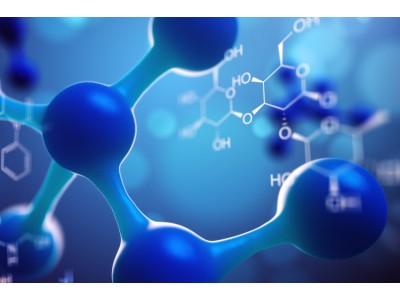| Bioactivity | Procaine is a DNA-demethylating agent. Procaine acts through multiple targets and has a slow onset and a short duration of action[1][2]. | ||||||
| Invitro | Procaine (0.01-100 microM) inhibited the 5-HT3 receptor-mediated inward current in the whole-cell patch clamp recording. Procaine appears to produce a competitive inhibition on 5-HT3 receptors with a KD of 1.7 microM[1]. Procaine is a DNA-demethylating agent that produces a 40% reduction in 5-methylcytosine DNA content as determined by high-performance capillary electrophoresis or total DNA enzyme digestion. Procaine can also demethylate densely hypermethylated CpG islands. Procaine also has growth-inhibitory effects in these cancer cells, causing mitotic arrest[2]. Procaine functions as an excitant of limbic system cells, and that procaine alters synaptic transmission in some, but not all, output pathways from the amygdale[3]. | ||||||
| Name | Procaine | ||||||
| CAS | 59-46-1 | ||||||
| Formula | C13H20N2O2 | ||||||
| Molar Mass | 236.31 | ||||||
| Appearance | Solid | ||||||
| Transport | Room temperature in continental US; may vary elsewhere. | ||||||
| Storage |
*该产品在溶液状态不稳定,建议您现用现配,即刻使用。 |
||||||
| Reference | [1]. Fan, P. and F.F. Weight, Procaine impairs the function of 5-HT3 receptor-ion channel complex in rat sensory ganglion neurons. Neuropharmacology, 1994. 33(12): p. 1573-9. [2]. Villar-Garea, A., et al., Procaine is a DNA-demethylating agent with growth-inhibitory effects in human cancer cells. Cancer Res, 2003. 63(16): p. 4984-9. [3]. Adamec, R.E. and C. Stark-Adamec, The effects of procaine HCl on population cellular and evoked response activity within the limbic system of the cat. Evidence for differential excitatory action of procaine in a variety of limbic circuits. Prog Neuropsychopharmacol Biol Psychiatry, 1987. 11(4): p. 345-64. |
